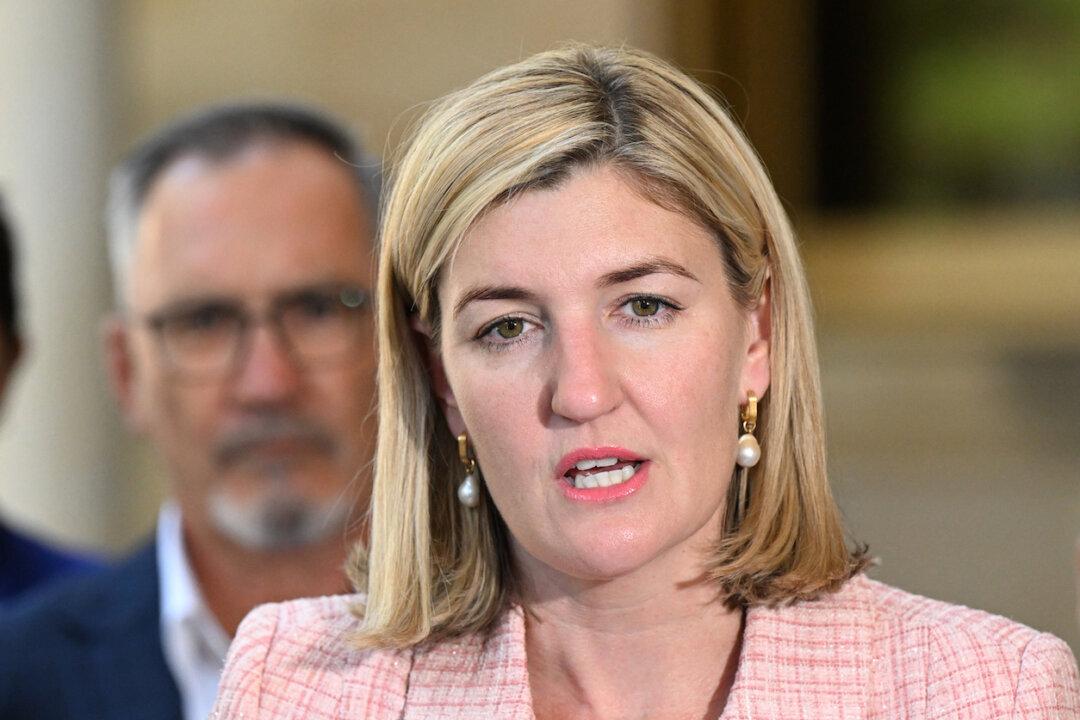Crisis talks have led to Queensland Health adopting a five-point, $20 million (US$13.1 million) plan to address ambulance ramping after two people died in as many days.
Emergency department bosses came together on Nov. 24 to discuss ways to support staff, with the latest ambulance data revealing patients had waited almost 10 hours for a hospital bed.





